Marine Application
LNG-Powered Ship Control System
This control system is designed in full compliance with the China Classification Society (CCS) "Rules for Natural Gas Fuelled Ships" (2021 Edition), specifically meeting the requirement for "separate control of fuel monitoring, control system and safety system".
By integrating data from storage tank temperature, liquid level, and pressure sensors, along with ESD emergency stops and flammable gas detectors, the system executes phase lock protection and emergency cut-off functions. All monitoring and safety status information is transmitted in real-time to the wheelhouse via network communication.
This control system is designed in full compliance with the China Classification Society (CCS) "Rules for Natural Gas Fuelled Ships" (2021 Edition), specifically meeting the requirement for "separate control of fuel monitoring, control system and safety system".
By integrating data from storage tank temperature, liquid level, and pressure sensors, along with ESD emergency stops and flammable gas detectors, the system executes phase lock protection and emergency cut-off functions. All monitoring and safety status information is transmitted in real-time to the wheelhouse via network communication.
Product Features
● Certified by China Classification Society (CCS)
● Optimized operational modes enabling fully automated gas supply without manual intervention
● Modular design for flexible system expansion and maintenance
● Space-saving wall-mounted installation suitable for engine room environments
● Comprehensive safety interlocks and emergency shutdown functionality
● Real-time remote monitoring and data transmission capabilities
Application Scope
This control system is specifically designed for integration with LNG-powered ship gas supply systems and is suitable for various LNG-fuelled vessels including bulk carriers, harbor vessels, cruise ships, passenger ships, and offshore engineering vessels.
Product Features
● Certified by China Classification Society (CCS)
● Optimized operational modes enabling fully automated gas supply without manual intervention
● Modular design for flexible system expansion and maintenance
● Space-saving wall-mounted installation suitable for engine room environments
● Comprehensive safety interlocks and emergency shutdown functionality
● Real-time remote monitoring and data transmission capabilities
Application Scope
This control system is specifically designed for integration with LNG-powered ship gas supply systems and is suitable for various LNG-fuelled vessels including bulk carriers, harbor vessels, cruise ships, passenger ships, and offshore engineering vessels.
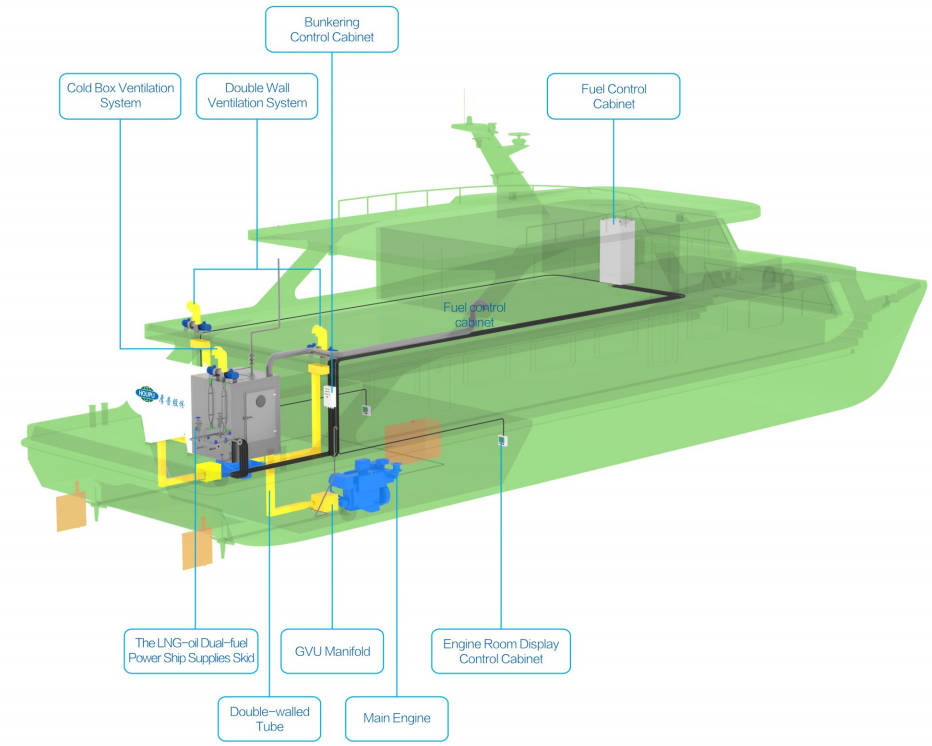
Marine LNG Gas Supply System-
Marine LNG Gas Supply System
The Marine LNG Gas Supply System is specifically designed for LNG-fueled vessels and serves as an integrated solution for gas supply management. It enables comprehensive functions including automatic and manual gas supply, bunkering and replenishment...
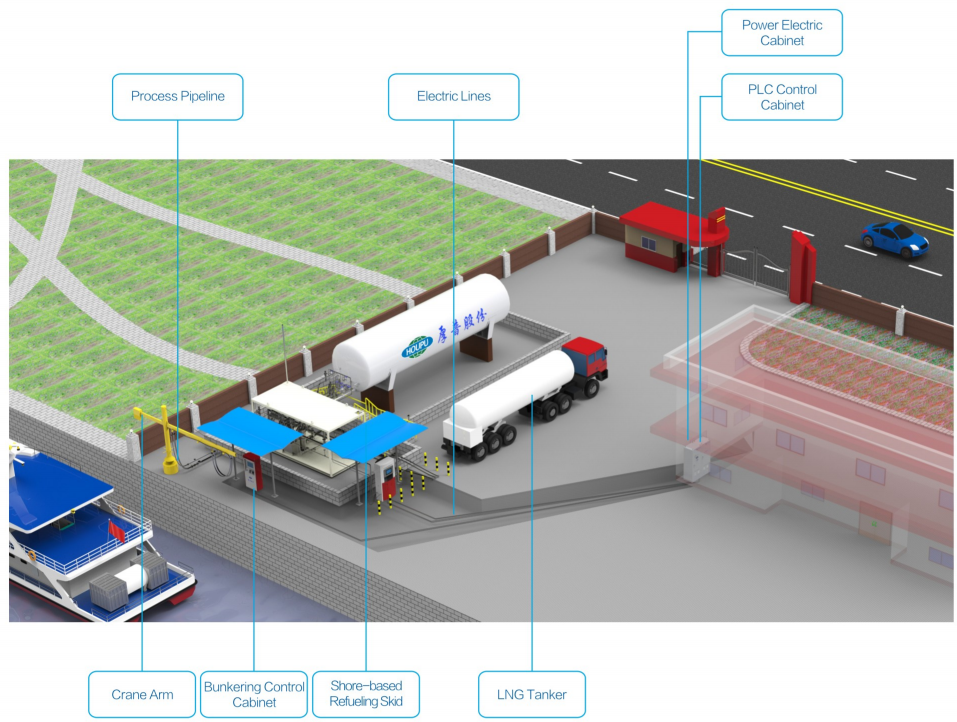
Shore-based LNG Bunkering Station Pump Skid-
Shore-based LNG Bunkering Station Pump Skid
The shore-based LNG bunkering station is a land-based facility constructed along coastal or inland waterways. Suitable for areas with flat terrain, proximity to deep water zones, narrow channels, and environments compliant with the "Interim Provision...

Mobile LNG Bunkering Station Pump Skid-
Mobile LNG Bunkering Station Pump Skid
The Mobile LNG Bunkering System is a flexible refueling solution designed to service LNG-powered vessels. With minimal requirements for water conditions, it can perform bunkering operations from various sources including shore-based stations, floatin...
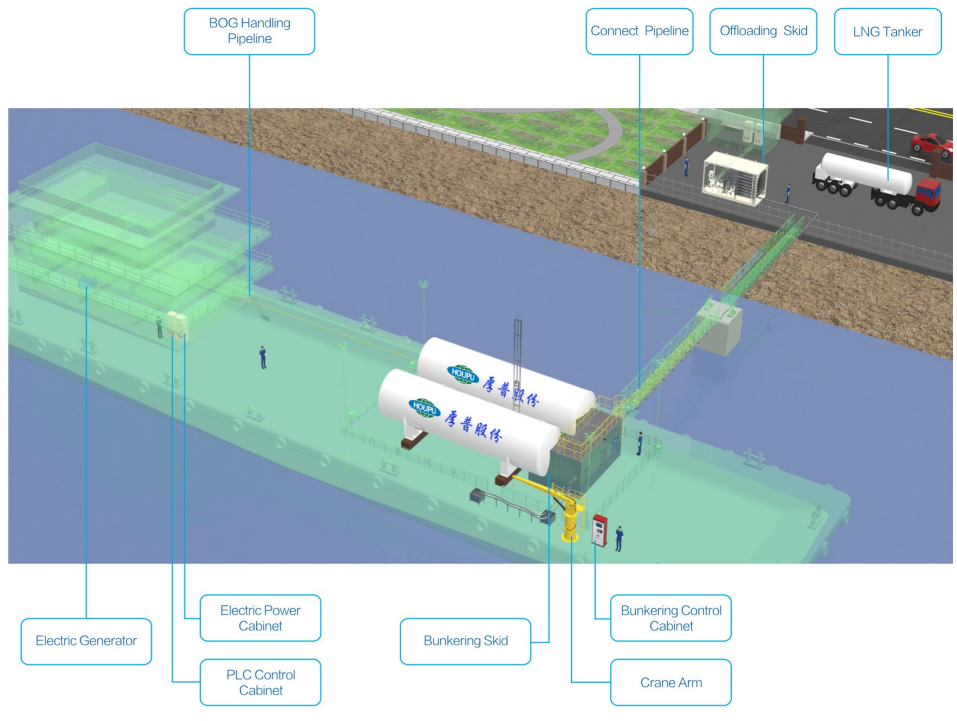
Floating LNG Bunkering Station Pump Skid-
Floating LNG Bunkering Station Pump Skid
The floating ship-based LNG bunkering system is a non-self-propelled vessel equipped with complete refueling infrastructure. It is ideally deployed in sheltered waters with short shore connections, wide channels, gentle currents, deep water depths, a...
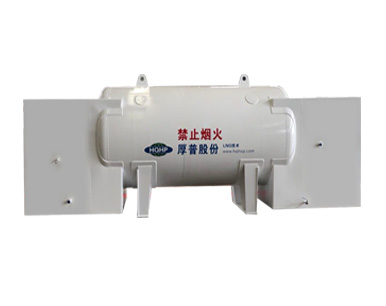
Inland River Powered Ship Gas Supply System-
Inland River Powered Ship Gas Supply System
The second-generation inland river vessel gas supply system stabilizes the natural gas produced by vaporizing LNG and supplies it to the marine gas engine to provide propulsion and auxiliary power for the vessel. Core components of the system, includ...
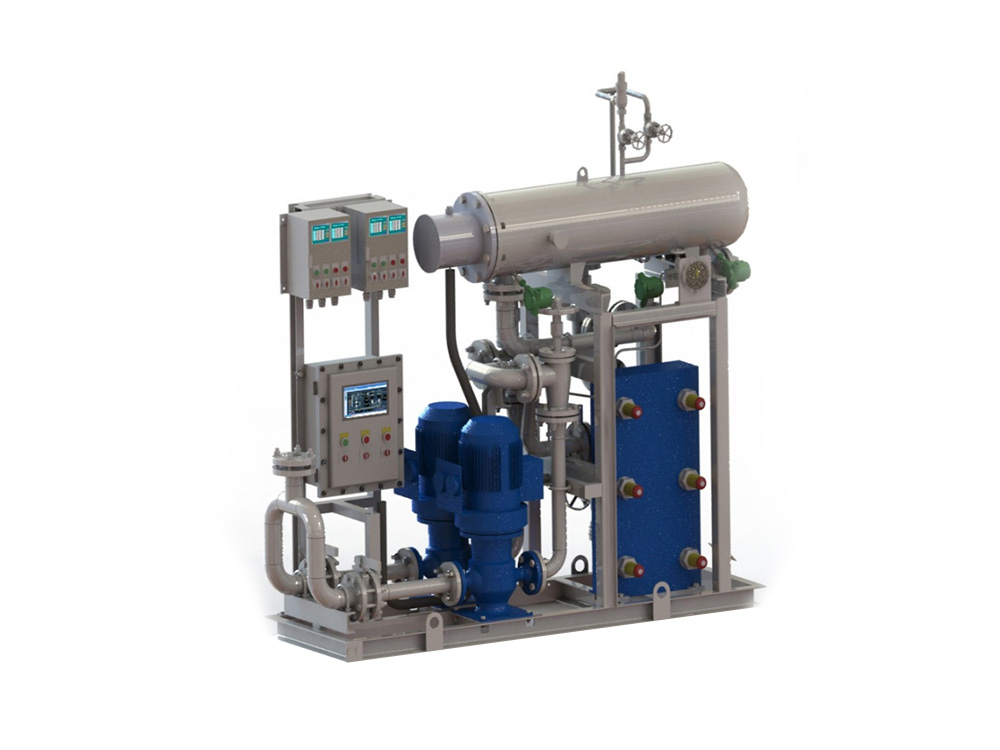
Marine Glycol Heating Equipment-
Marine Glycol Heating Equipment
The Marine Glycol Heating Equipment is a specialized thermal management system designed for marine applications, particularly in LNG-powered vessels. This equipment efficiently heats glycol-water mixture to provide reliable thermal energy for various...
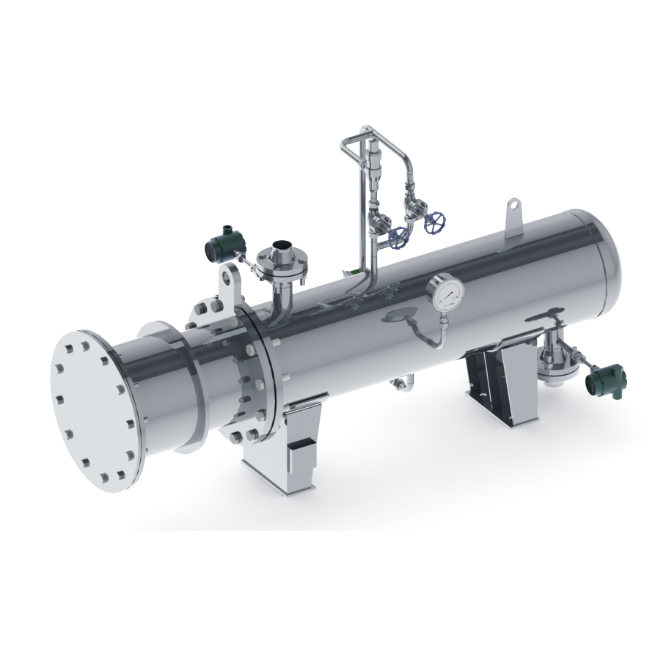
Marine Heat Exchanger-
Marine Heat Exchanger
In LNG dual-fuel powered vessels, the gas supply system for dual-fuel engines utilizes LNG as the primary fuel source. LNG is stored in cryogenic tanks or cargo tanks, then pressurized by pumps or tank booster units before being supplied to the gas d...
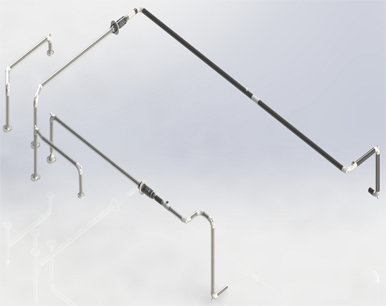
Marine Double-Wall Pipe System-
Marine Double-Wall Pipe System
The marine double-wall pipe system features a pipe-within-a-pipe configuration, where the inner carrier pipe is enclosed within an outer jacket pipe, creating an annular space between the two layers. This interstitial space serves as a containment ba...

Marine LNG Gas Supply System-
Marine LNG Gas Supply System
The Marine LNG Gas Supply System is specifically designed for LNG-fueled vessels and serves as an integrated solution for gas supply management. It enables comprehensive functions including automatic and manual gas supply, bunkering and replenishment...

Shore-based LNG Bunkering Station Pump Skid-
Shore-based LNG Bunkering Station Pump Skid
The shore-based LNG bunkering station is a land-based facility constructed along coastal or inland waterways. Suitable for areas with flat terrain, proximity to deep water zones, narrow channels, and environments compliant with the "Interim Provision...

Mobile LNG Bunkering Station Pump Skid-
Mobile LNG Bunkering Station Pump Skid
The Mobile LNG Bunkering System is a flexible refueling solution designed to service LNG-powered vessels. With minimal requirements for water conditions, it can perform bunkering operations from various sources including shore-based stations, floatin...

Floating LNG Bunkering Station Pump Skid-
Floating LNG Bunkering Station Pump Skid
The floating ship-based LNG bunkering system is a non-self-propelled vessel equipped with complete refueling infrastructure. It is ideally deployed in sheltered waters with short shore connections, wide channels, gentle currents, deep water depths, a...

Inland River Powered Ship Gas Supply System-
Inland River Powered Ship Gas Supply System
The second-generation inland river vessel gas supply system stabilizes the natural gas produced by vaporizing LNG and supplies it to the marine gas engine to provide propulsion and auxiliary power for the vessel. Core components of the system, includ...

Marine Glycol Heating Equipment-
Marine Glycol Heating Equipment
The Marine Glycol Heating Equipment is a specialized thermal management system designed for marine applications, particularly in LNG-powered vessels. This equipment efficiently heats glycol-water mixture to provide reliable thermal energy for various...

Marine Heat Exchanger-
Marine Heat Exchanger
In LNG dual-fuel powered vessels, the gas supply system for dual-fuel engines utilizes LNG as the primary fuel source. LNG is stored in cryogenic tanks or cargo tanks, then pressurized by pumps or tank booster units before being supplied to the gas d...

Marine Double-Wall Pipe System-
Marine Double-Wall Pipe System
The marine double-wall pipe system features a pipe-within-a-pipe configuration, where the inner carrier pipe is enclosed within an outer jacket pipe, creating an annular space between the two layers. This interstitial space serves as a containment ba...
